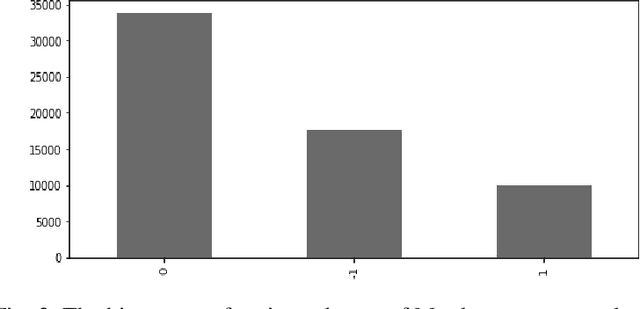A CNN-LSTM-based hybrid deep learning approach to detect sentiment polarities on Monkeypox tweets
Paper and Code
Aug 25, 2022



People have recently begun communicating their thoughts and viewpoints through user-generated multimedia material on social networking websites. This information can be images, text, videos, or audio. Recent years have seen a rise in the frequency of occurrence of this pattern. Twitter is one of the most extensively utilized social media sites, and it is also one of the finest locations to get a sense of how people feel about events that are linked to the Monkeypox sickness. This is because tweets on Twitter are shortened and often updated, both of which contribute to the platform's character. The fundamental objective of this study is to get a deeper comprehension of the diverse range of reactions people have in response to the presence of this condition. This study focuses on finding out what individuals think about monkeypox illnesses, which presents a hybrid technique based on CNN and LSTM. We have considered all three possible polarities of a user's tweet: positive, negative, and neutral. An architecture built on CNN and LSTM is utilized to determine how accurate the prediction models are. The recommended model's accuracy was 94% on the monkeypox tweet dataset. Other performance metrics such as accuracy, recall, and F1-score were utilized to test our models and results in the most time and resource-effective manner. The findings are then compared to more traditional approaches to machine learning. The findings of this research contribute to an increased awareness of the monkeypox infection in the general population.
 Add to Chrome
Add to Chrome Add to Firefox
Add to Firefox Add to Edge
Add to Edge